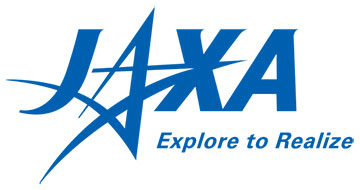| Q1 |
What does JAXA stand for? |
|---|---|
| A1 |
JAXA stands for Japan Aerospace Exploration Agency. |
| Q2 |
What does JAXA do? |
|---|---|
| A2 |
The Japan Aerospace Exploration Agency (JAXA) is designated as a core executive organization that technically supports aerospace development and utilization for the Japanese Government. JAXA performs activities related to aerospace fields consistently from basic research and development to utilization.
In 2013, to commemorate the 10th anniversary of its founding, JAXA created the corporate slogan, "Explore to Realize," which reflects its management philosophy of utilizing space and the sky to achieve a safe and affluent society. JAXA became a National Research and Development Agency in April 2015, and took a new step forward to achieve optimal R&D achievements for Japan, according to the government's purpose of establishing a national R&D agency. |
| Q3 |
What does the JAXA logo symbolize? |
|---|---|
| A3 |
JAXA's logo symbolizes the letter "A" from "Aerospace" in the shape of a star. A star represents "hope," "pride" and "a mind of quest," and acts as a guidepost showing us the way. The star in the JAXA logo represents our wish to become a guiding star not only for Japanese people but also for all humanity on Earth. 
|
| Q4 |
How many people work for JAXA? |
|---|---|
| A4 |
JAXA has 1,545 regular staff members as of FY 2016. In addition, many domestic and overseas researchers, graduate students and people from the private sector are also hired. |
| Q5 |
Where are the JAXA exhibition sites and facilities to tour and what do they offer? |
|---|---|
| A5 |
There are many Japan Aerospace Exploration Agency (JAXA) facilities with exhibition spaces and some science museums have corners for JAXA exhibitions. They offer easy-to-understand explanations on the most advanced, high-technology, such as the current status of Japanese aerospace research and development, and future technology using video, models, and actual equipment. |
| Q6 |
I'd like to know about JAXA's recruiting system and work conditions. |
|---|---|
| A6 |
Please refer to the recruit information page for the employment examination, JAXA's work conditions and recruiting positions. |